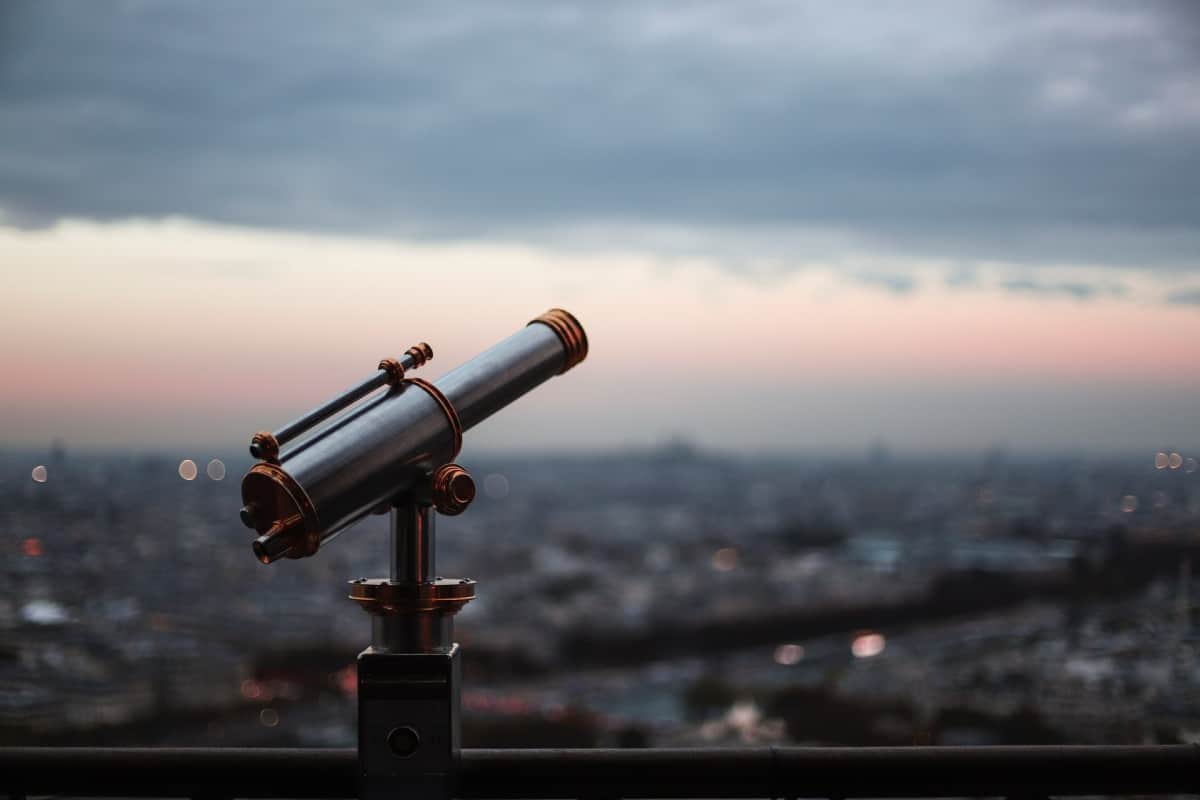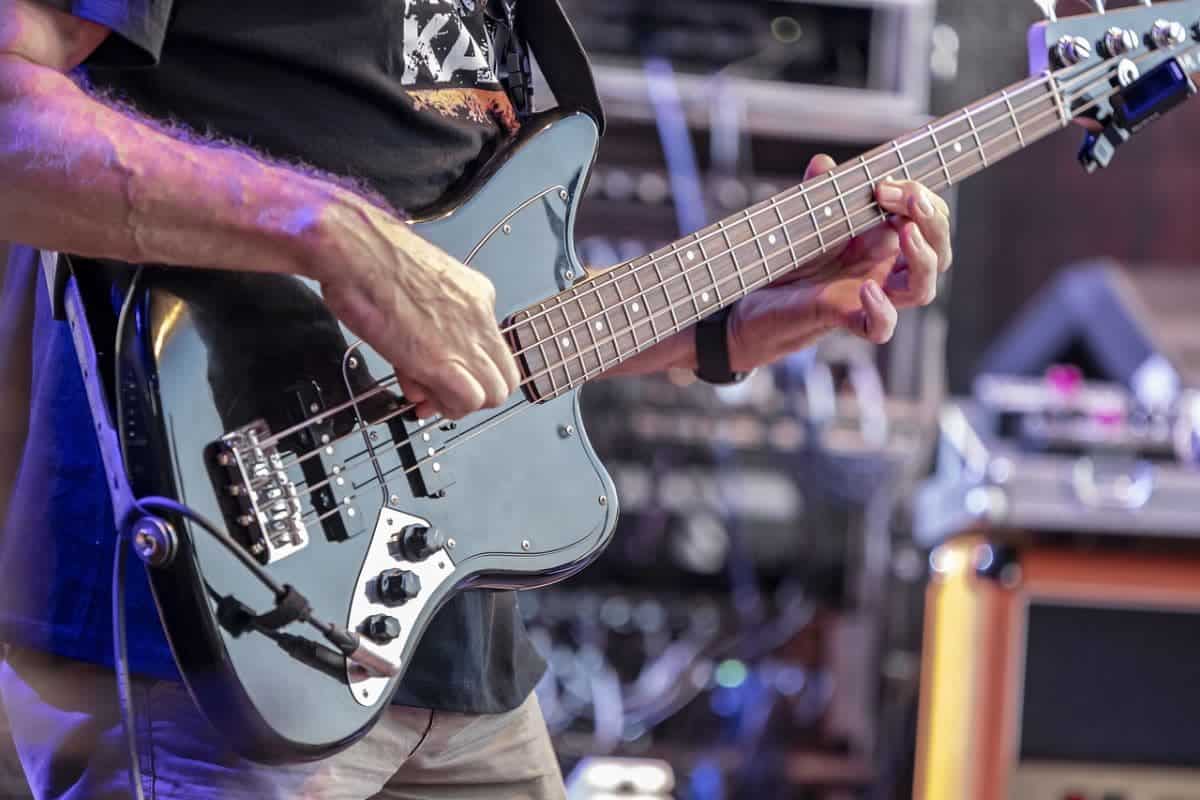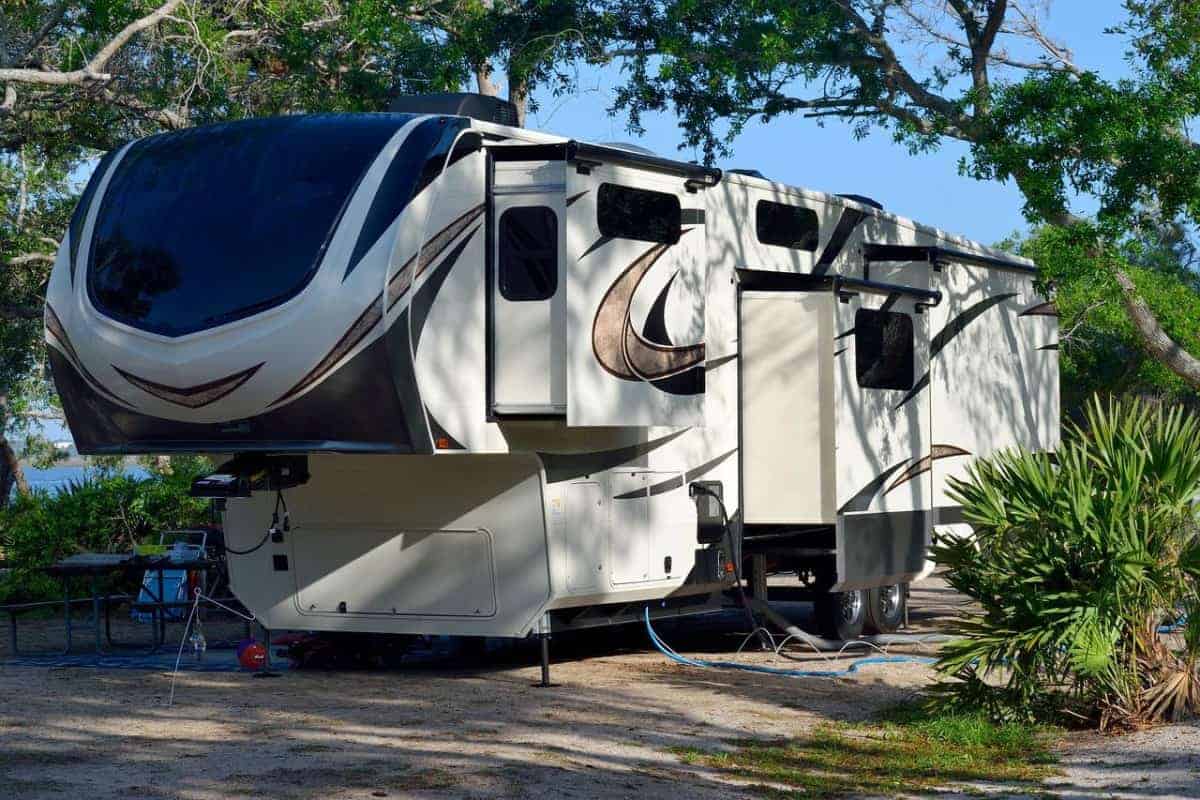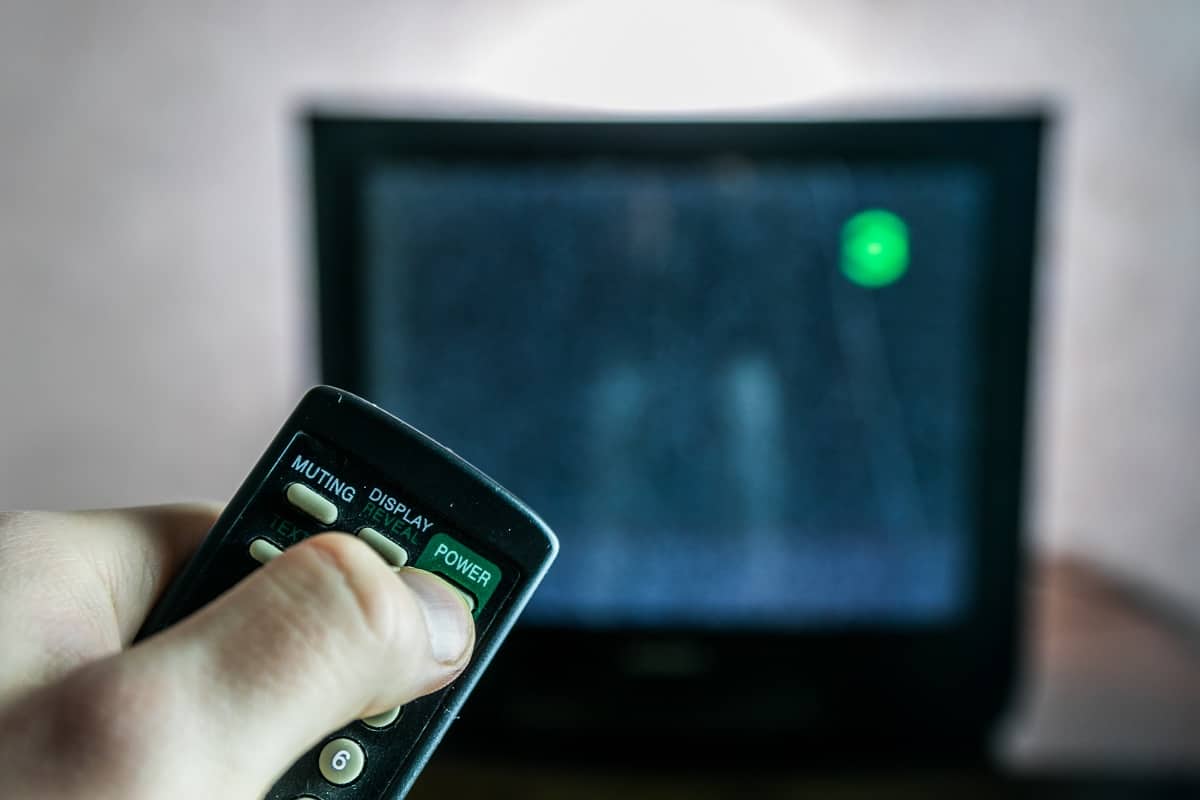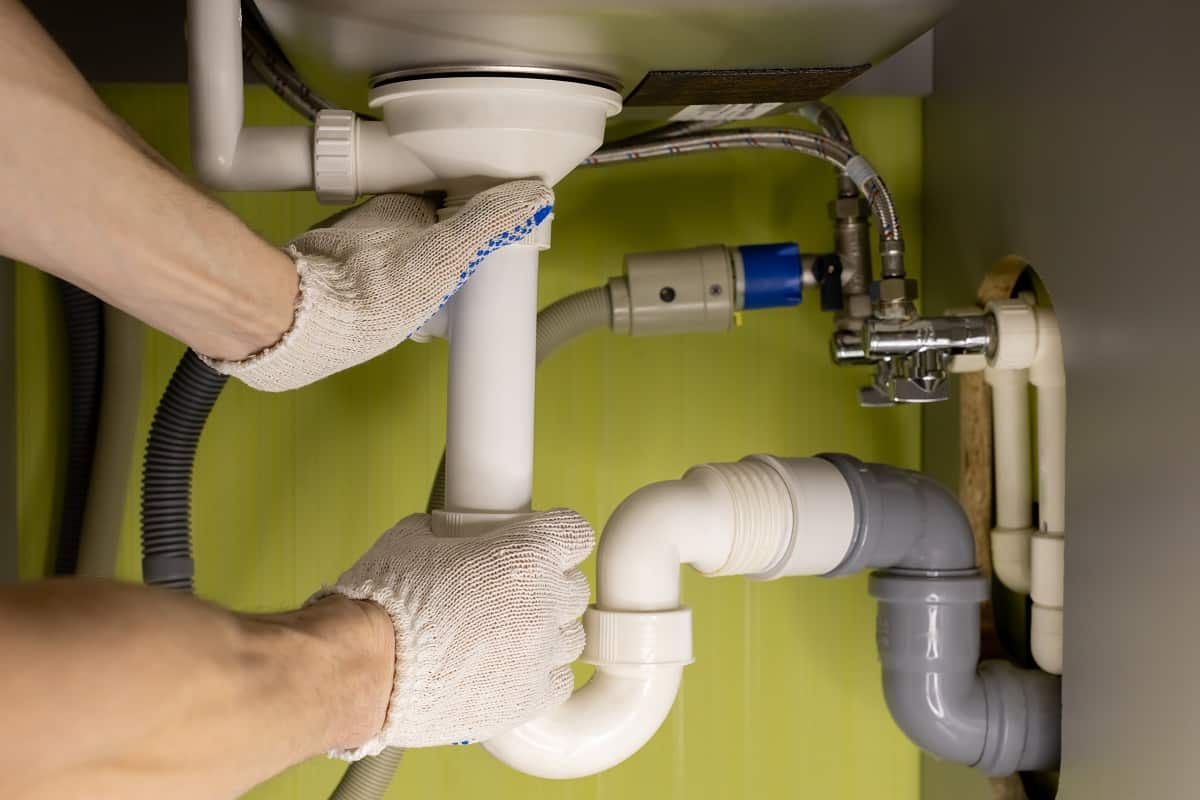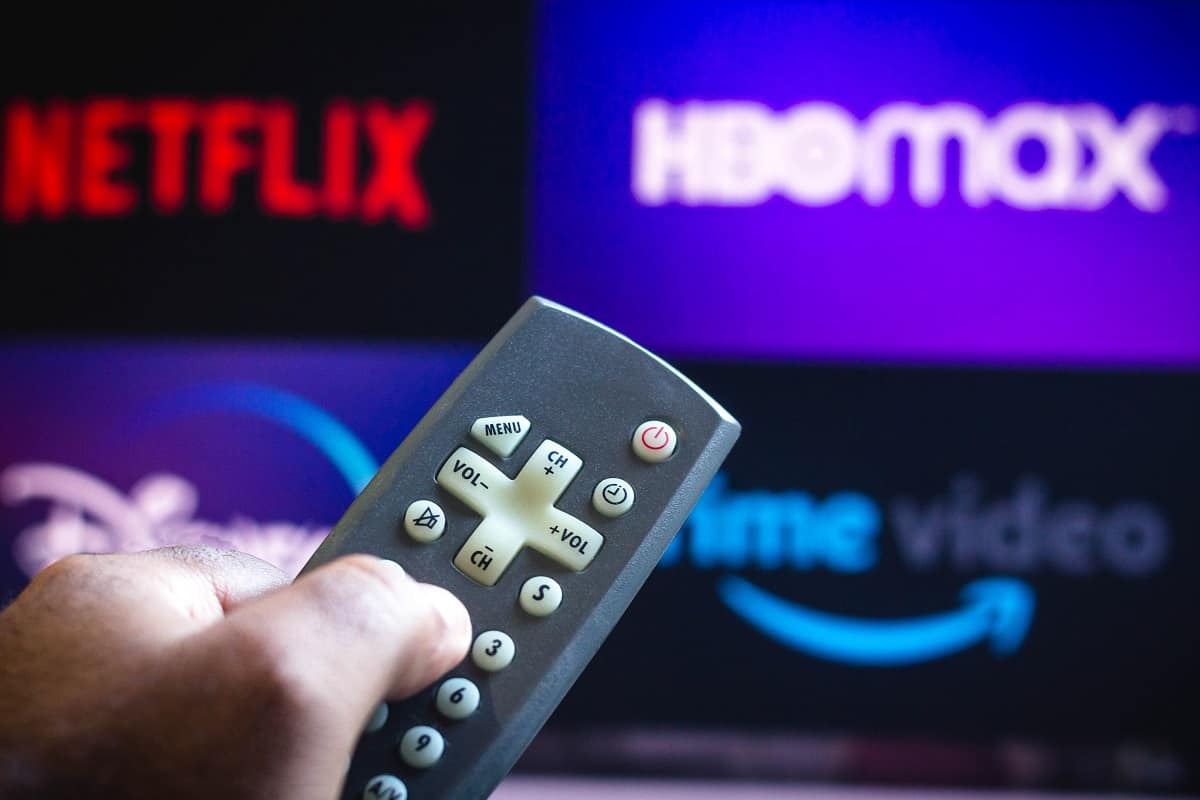A telescope is an instrument that aids in the observation of remote objects by collecting electromagnetic radiation. The first known practical telescopes were invented in the Netherlands at the beginning of the 17th century, using glass lenses. They found use in terrestrial applications and astronomy.
Many people want to buy a telescope for the first time, and they don’t know which brands are worth looking at. There are many low-quality telescopes on the market today, and you should be very careful about what you spend your money on.
Good telescopes can cost tens of thousands of dollars. Or even run into the millions. There are some options that are fine at lower price points, but you should stay away from any product marketed towards kids and/or beginners.
In this article, we are going to learn what makes a poor-quality telescope, and which brands make them. You’ll walk away with the knowledge to pick a telescope that will get you started in the world of astronomy.
The Hidden Dangers of Bad Telescopes
The most common issues with telescopes are bad optics, poor mechanics and faulty components. These problems usually happen when the brand is trying to cut costs by using inferior materials or cutting out important production steps.
Let’s look at these issues more:
- Bad Optics: When you look through your telescope at night, do you see blurry images? Have even minor details in nebulae become incredibly difficult to see? If so, your telescope may have bad optics.
- Poor Mechanics: When you try to adjust your focus knob or change the angle of a mirror inside the device, does it become stuck halfway through the motion? This is a common issue with cheap telescopes that use plastic parts instead of actual metal pieces. Faulty Components: Does your telescope take forever to start up? Does it shut down randomly during observations or cannot sync with your computer’s GPS system? This is usually caused by cheap components that do not work correctly.
- Faulty Components: Does your telescope shut down randomly during observations or cannot sync with your computer’s GPS system? This is usually caused by cheap components that do not work correctly.
As you could guess, the issue is with companies that cheap out when building their telescopes. You get what you pay for, but there are companies that charge a premium and offer subpar products.
Signs of a Great Telescope
You can tell a telescope is great by doing some research on the brand and comparing their products with those of other companies. Let’s look at what to do:
Aperture Size
The aperture of an optical system is the opening that limits the passage of light, which decreases with increasing dimension. It can also be an opening through which light travels. The aperture determines how bright the image will appear, and it’s measured in millimeters or inches across its width.
Aperture size is important because you want to gather as much light from distant objects as possible with your telescope. This makes them brighter and more visible when viewed through your optics.
Bigger telescopes, such as those that have an aperture larger than eight inches, will always outperform smaller ones in poor viewing conditions like light pollution or hazy skies.
Refractor vs Reflector vs Compound Telescope
The refracting telescope uses lenses to form the image, while reflectors use mirrors. Which of these will give you better quality images? That depends on your budget and if you plan on using it for stargazing or terrestrial viewing (where a mirror might be more helpful).
Compound telescopes use lenses to form the image, while reflectors use mirrors. Which of these will give you better quality images? That depends on your budget and if you plan on using it for stargazing or terrestrial viewing (where a mirror might be more helpful).
Limiting Magnitude
The limiting magnitude of a telescope is the faintest star that can be observed, and it’s measured by using stars in the Messier catalogue. The bigger this number, the better your device will perform at night observing nebulae and other objects within deep space (and you’ll likely spend more money too).
GPS Synchronization
GPS synchronization is a must for serious astronomers who want to track the stars as they move across the sky throughout the night. This feature allows your telescope to do this for you automatically, requiring no additional equipment or work on your part.
A small amount of research will tell you a lot about the quality and capabilities of telescopes on the market today, allowing you to make an informed decision when it comes time to purchase one for yourself or someone else.
Focal Length
The focal length of a telescope determines how large its magnification can be. If you plan on using it for astrophotography, this is an important feature to consider because the higher the number, the better your images will look.
Optical Coatings
This refers to protective coatings applied over certain telescopes’ lenses and mirrors that improve light transmission and reduce reflections. This makes for a brighter and clearer image, allowing you to see objects more clearly when viewed through your optics at night time.
The size of the aperture determines how bright the image will appear, and it’s measured in millimeters or inches across its width.
Astrophotography mounts allow long exposure snapshots of space that give better quality images.
Brand Reputation
Companies like Celestron have a strong reputation, so you know that what they say about their products is true. While other brands might advertise the same features for much less money, it’s worth spending more on these instruments to get something of quality in return.
You should know what each part of the telescope does and its importance to your viewing experience. This is a great way for beginners to figure out which one they should purchase before spending money on something that will probably underperform.
Worst Telescope Brands to Avoid
1. Toyerbee
Toyerbee’s telescope suffers from chromatic aberration, which kills the point of using a telescope. That should be enough to make anyone stay away from them.
The brand isn’t even a full-on telescope seller. It makes toys for kids. That much should tell you about their products’ goals. They might be fine as a gift for a kid who wants to see the stars in the night sky. But that’s the extent of their usefulness.
And, their products aren’t even that cheap. The price difference with an actually good starter telescope isn’t that big. But there’s an enormous gap in image quality.
Plus, they don’t even have their own website. They only sell on Amazon and other online retailers. That’s a huge red flag.
Don’t buy Toyerbee.
2. Gskyer
Gskyer used to be a reputable German telescope brand. But then they went out of business. Yet, you can still find its products on Amazon.
How come?
A Chinese manufacturer took the excellent reputation of Gskyer to sell its telescopes under that brand name. With extremely poor results.
Take this product for. It’s not cheap, but you don’t get enough bang for your buck. You could go with a Dobsonian for a comparative price, and you’d be spending your money much more wisely.
The mirror isn’t terrible, and the accessories are fine in their own right (although the 10mm eyepiece doesn’t work). So, you’re not throwing your money away like with other brands on this list. It’s just…you could get something so much better for a similar price.
Like Toyerbee, Gskyer doesn’t have its own website. It only has seller accounts scattered around eCommerce websites like this one.
3. Emarth
Emarth is another brand without a proper website, and that markets its products for kids and beginners. Do you see a pattern?
These are all brands that sell very cheap telescopes on online retailers, marketing them towards a specific segment of the population. And yet, they cannot deliver even in that regard.
Emarth’s telescopes are cumbersome. They’re also terrible at doing their job. You will have a hard time getting them to show anything that doesn’t look like an UFO from a military footage of the 50s.
The main issue is that you can’t see the stars with just any telescope. You need something that will show them to their full potential, and Emarth’s telescopes fail at even getting close to what could be considered “okay” for beginners.
4. Seben
Seben is another company that joins the ranks of “no website and terrible reputation” on our list.
Buying a Seben is an exercise in frustration. Their telescopes have poor optics and are almost impossible to collimate (setting the optics properly to get a clear image). This happens because many of them are bird-jones telescopes, which use a single mirror.
They can be fun to fiddle with. But not if you want excellent results for your money.
Plus, their tripods are unusable. As in, they work somewhat, but regulating them is going to make you wish you were born a starfish instead.
And it’s not just one model. It’s all of them, from beginner telescopes to more advanced ones. Seben is another brand that has been taken over by Chinese Manufacturers and turned into “the worst telescope company”.
Seben has another line of telescopes called “Astronomic”, which are slightly better but still dangerous products in their own right. And that’s saying something, given what I’ve been writing so far.
The only way you could have a chance at getting an okay product is by buying a used model on an astronomy forum. But even then, you’d be taking an enormous risk and wasting your money.
It’s like Seben does not know what amateur astronomers need in their telescopes at all! All they know is that people buy them cheaply, so it doesn’t matter if they make terrible telescopes. There’s always an enthusiastic beginner ready to jump at the opportunity of buying a telescope for cheap.
And again, no website in sight. You can buy the products in shops like this one, if you so wish.
Just Starting? Get a Binocular instead.
What if you want to get started in the world of astrology, but don’t want to spend hundreds of dollars? After all, you can’t be sure you’ll like it enough to make your purchase worth.
There is a more affordable solution that works great as a first step into the universe. For a fraction of the price.
I’m talking about binoculars. They’re a great way to get started without spending too much. Plus, they can be used for other purposes as well. It’s the best way to start your journey into astronomy without putting yourself at serious risk of getting stuck with an average or even bad telescope that will only cause you grief and frustration.
Another advantage of starting with binoculars is how easy they are to set up. Full-fledged telescopes take at least 20 minutes to set up. Binoculars take 0. If you’re just starting out, your burning desire to watch the night sky will get blocked by the cumbersome setup of a telescope.
Here are some high-quality binoculars that make stargazing a pleasurable hobby.
These offer you much more value for money than any telescope in the same price range. You’ll be able to begin your journey into astronomy with a quality product that is very simple to use. You can upgrade to a telescope at a later time if your interest stays high.
Editor’s note: While these binoculars can be used as they are, we strongly recommend getting a tripod to make the best use of them. Our hands can be unsteady and a tripod fixes the issue.
Conclusions
Bad telescopes are everywhere, and they’re all the same. There’s not a single one that stands out from any other in terms of quality or ease-of-use. They make you wish you were born with superpowers so you could teleport yourself to where they manufacture them and slap the companies’ owners in the face.
Plus, all the brands in this article suck equally hard. You can’t even tell which one sucks less than another. If you could, they wouldn’t all be selling telescopes at rock-bottom prices, so people will buy them no matter what.
The only way to get a good telescope is by buying used models on astronomy forums or getting binoculars instead of an actual telescope. Or by spending hundreds of dollars on one.
If you’re just starting out, binoculars are the best option for quality vs price ratio. Plus, they can be used for other purposes as well.

